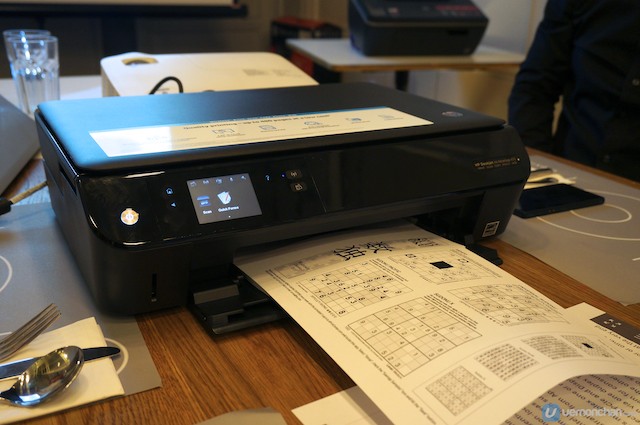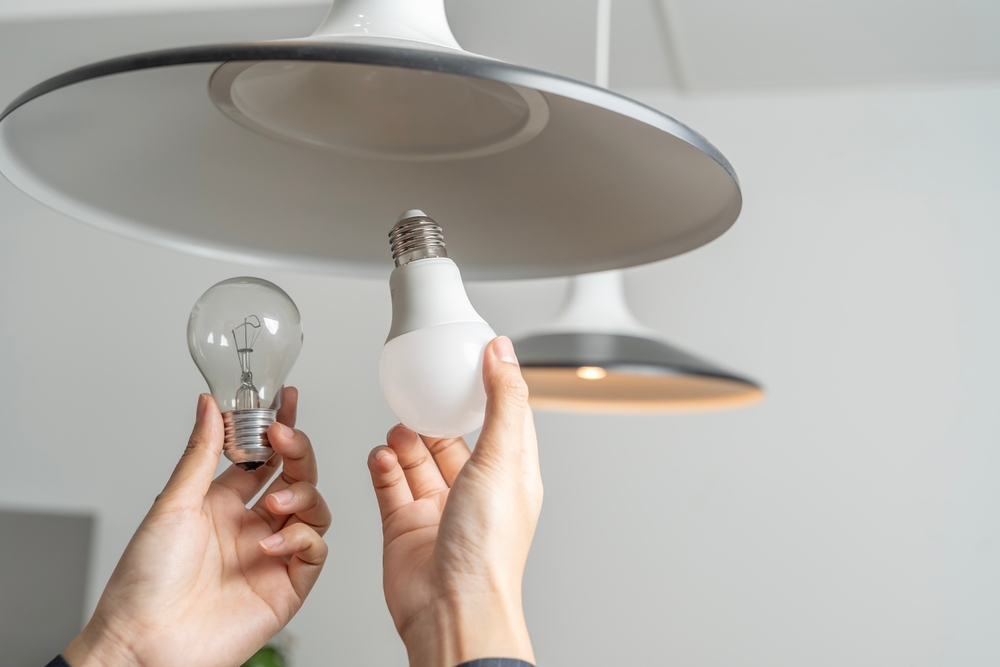Everyday expenses can add up surprisingly quickly, especially when some items seem to cost more than they reasonably should. You might find yourself questioning why these everyday necessities have price tags that make you do a double take. While some price hikes can be attributed to economic factors or supply chain issues, others leave us scratching our heads. Here are 14 items that are so expensive it’s mind boggling.
1. Razor Blades

The price of razor blades is a perennial complaint for those who shave regularly. When you find yourself spending a small fortune on a pack of replacement cartridges, you can’t help but wonder what makes them so costly. According to a report by MarketWatch, it’s largely due to brand dominance and the costs of research and development for new shaving technologies. Despite innovations, many people still feel the pinch every time they have to replenish their supply.
Yet, it’s not just about the initial sticker shock. The frequent need to replace these blades means the costs add up over time, turning a personal grooming routine into a significant expense. For many, the option of switching to cheaper alternatives or subscription services can offer some relief. Nevertheless, the frustration lingers, leaving people seeking the perfect balance between quality and cost.
2. Printer Ink

Printer ink is another everyday item notorious for its exorbitant price. You might marvel at how a tiny cartridge can rival the price of the printer itself. The industry often defends these prices by pointing to the high costs of precision engineering and the research required to produce vivid, long-lasting colors. However, for most consumers, it feels like a recurring financial burden that never quite justifies its cost.
This perpetual expense can be aggravating, especially in a digital age where paperless solutions are increasingly prevalent. The need for hard copies may be diminishing, but when you do have to print, the high cost of ink can feel like an unnecessary financial throwback. It encourages people to explore alternative solutions, such as third-party inks or ink refilling stations, despite the risks to printer health. Until a more affordable solution becomes mainstream, the gripe over pricey ink remains a common frustration.
3. Bottled Water

Bottled water is a quintessential example of an everyday item with a baffling price tag. You might ponder why something as basic as water, which flows freely from your tap, can end up costing more than a similar volume of gasoline. According to a University of Michigan study, the convenience, branding, and perceived purity are the primary factors driving costs. Yet, many people find it hard to reconcile the premium pricing with the product’s fundamental simplicity.
Despite the cost, the convenience factor often wins out. For people on the go, bottled water offers a quick hydration solution that tap water can’t match. Marketing strategies have also played a significant role in convincing consumers of the need for bottled water. However, growing environmental concerns and the rise of reusable bottle culture are gradually changing the narrative, if not yet the price.
4. Lightbulbs

Buying lightbulbs used to be a simple task, but these days, it can feel like an investment decision. With the shift to energy-efficient LED options, the price of a single bulb can be startling. The upfront cost is often justified by their long lifespan and lower energy consumption, which, in theory, should save you money over time. However, the initial sticker price can still catch you off guard, especially when replacing multiple bulbs at once.
The shift in pricing dynamics can be frustrating for people accustomed to the affordability of traditional incandescent bulbs. Yet, the market continues to push energy efficiency as the way forward, challenging us to adjust our spending habits. While long-term savings are touted, they require a financial patience that not everyone is willing to endure. As a result, the transition to LEDs remains a mixed bag of economic and environmental considerations.
5. Organic Produce

Organic produce often comes with a price premium that can make your weekly grocery bill soar. You might question why something grown with fewer pesticides and synthetic fertilizers ends up costing more. A study from the University of California, Berkeley, highlights that organic farming requires more labor-intensive practices, smaller yields, and rigorous certification processes that drive up costs. For those committed to healthier eating, the higher price tag can feel justified, yet still strains the budget.
This pricing discrepancy can be particularly daunting for families looking to incorporate organic foods into their diets. The health benefits are appealing, but the financial impact often necessitates tough choices in the grocery aisle. Some people try to balance their purchases by selecting a mix of organic and conventionally grown produce. Regardless, the premium pricing of organic items continues to be a point of financial friction for many health-conscious shoppers.
6. Textbooks

The cost of textbooks is a notorious financial burden for students everywhere. You can’t help but wince at the price of required reading materials that can surpass hundreds of dollars per semester. Publishers often justify these costs with claims of extensive research, frequent updates, and specialized content. For students and their families, it’s a financial hurdle that adds stress to the already expensive pursuit of higher education.
The high cost of textbooks has prompted a search for more affordable alternatives. Digital versions, rentals, and second-hand purchases offer some reprieve, but the problem persists. Many feel trapped in a cycle of high prices dictated by the necessity of having the latest editions. Until the textbook industry undergoes a more consumer-friendly overhaul, this particular expense remains a costly academic rite of passage.
7. Prescription Eyewear

Prescription eyewear is another area where prices can feel disproportionately high. As someone needing corrective lenses, the cost of frames and lenses can be shockingly high. An article by The Vision Council explains that the pricing is largely influenced by brand licensing, fashion trends, and the complex manufacturing processes involved. Yet, for those of us who rely on glasses every day, the costs can feel unjustifiably steep.
Despite the high prices, eyewear is a necessity that can’t be compromised. This reality often leaves people exploring budget-friendly alternatives, such as online retailers or eyewear subscription services. However, concerns about quality and fit can make these options a gamble. As eyewear remains both a medical requirement and a fashion statement, navigating the cost landscape is an ongoing challenge for consumers.
8. Data Plans

Data plans for mobile devices can strain your budget more than you might expect. You may have asked yourself why staying connected on the go has to be so expensive. The answer often lies in the hefty infrastructure costs that providers incur, coupled with the ever-increasing demand for faster speeds and larger data allowances. For consumers, this translates to monthly bills that can feel as high as rent in some areas.
Yet, the ubiquitous nature of smartphones makes a robust data plan almost indispensable. People are less inclined to cut corners on connectivity, even if it means shelling out more each month. While some providers offer competitive pricing or bundled deals, the cost of staying connected remains a significant monthly commitment. For many, it’s a matter of balancing needs with financial constraints, often leading to a begrudging acceptance of high data plan prices.
9. Gym Memberships

Gym memberships can be another unexpected strain on your finances. You might wonder why staying fit and healthy has to come at such a premium. The costs often include access to facilities, equipment, classes, and sometimes personal training, all of which are factored into the membership fee. However, for many people, the price can feel excessive, especially when considering alternative fitness options.
The challenge often lies in finding a gym that offers the right balance of facilities and pricing. While some are willing to invest in a premium experience, others look for budget-friendly options that still meet their fitness needs. The proliferation of boutique fitness studios and home workout solutions has diversified the market, yet the traditional gym membership remains a perplexing expense for many. Ultimately, the decision often comes down to personal priorities and financial flexibility.
10. Movie Theater Snacks

Movie theater snacks have become a proverbial tale of overpriced indulgence. You might be shocked at how quickly a soda and popcorn can double the cost of your movie night. Theater owners often defend these prices by explaining that concessions are a primary source of revenue, given the thin margins on ticket sales. For moviegoers, however, it can feel like a financial ambush that turns a simple outing into a pricey affair.
The dilemma often leads people to strategize their snack purchases or skip them altogether. Some opt to eat beforehand, while others may sneak in their own treats, despite theater policies. The high cost of theater snacks remains a frequent topic of consumer frustration. It’s a reminder of how markups can transform everyday items into unexpected luxury items.
11. Cable TV Packages

Cable TV packages often come with a price tag that seems out of sync with their value. You might question why a bundle of channels—many of which you never watch—commands such a high monthly fee. The structure of cable deals often bundles desirable channels with less popular ones, creating a package that seems bigger and more expensive than it needs to be. For consumers, this can make the cost feel disproportionate to the entertainment received.
The rise of streaming services has challenged the traditional cable model, yet many households still find themselves tethered to these expensive packages. The promise of a wide array of channels is often counterbalanced by the reality of a cluttered and overpriced lineup. As a result, many are cutting the cord in favor of more tailored and affordable streaming options. Yet, for those who stick with cable, the persistent high costs remain a source of frustration.
12. Hotel Mini Bars

The mini bar in hotel rooms is infamous for its high prices. You might find yourself incredulous at the cost of a small bag of chips or a can of soda. Hotels justify these prices by citing convenience, the cost of stocking and maintaining the mini bar, and the added luxury factor. However, for many travelers, the price disparity between mini bar items and their real-world counterparts is hard to swallow.
As a result, many people choose to bypass the mini bar altogether, opting instead to bring their own snacks or visit nearby stores. The high prices can make the mini bar feel like a trap rather than a convenience. Nevertheless, for those willing to indulge, the convenience factor sometimes outweighs the financial outlay. Yet, the mini bar’s reputation for price-gouging persists, leaving many wary of its tempting offerings.
13. Greeting Cards

Greeting cards are another everyday item that can leave you wondering about its price. You might puzzle over why a simple piece of paper with a heartfelt message can cost upwards of $5. It’s often attributed to design costs, licensing fees, and the premium on sentimentality. Yet, for many, the price feels extravagant for something that often ends up discarded after the occasion.
The high cost of greeting cards encourages people to seek alternatives, such as e-cards or DIY creations. While nothing quite replaces the tactile experience of a physical card, the price can make you reevaluate its necessity. For those who still cherish traditional cards, the challenge lies in finding a meaningful option that doesn’t break the bank. Despite their sentimental value, greeting cards remain a classic example of unexpectedly pricey everyday items.
14. Haircuts

Haircuts are a personal care necessity that often come with a surprising price tag. You might find yourself questioning why a trim and style can cost so much, especially when you’re sitting in the chair for just an hour. The pricing often reflects the expertise, tools, and time required, along with overhead costs for the salon. However, the cumulative expense of regular haircuts can feel disproportionate to the service provided.
For many, haircuts are a non-negotiable part of personal grooming, making their cost a regular financial consideration. Some people explore more cost-effective options, like cutting their own hair or visiting a beauty school for discounted services. Yet, the assurance of professional results often justifies the expense for those who prefer expert hands. Despite the necessity, the price of a haircut remains a frequent topic of debate and a surprising line item in personal budgets.
This article is for informational purposes only and should not be construed as financial advice. Consult a financial professional before making investment or other financial decisions. The author and publisher make no warranties of any kind.






